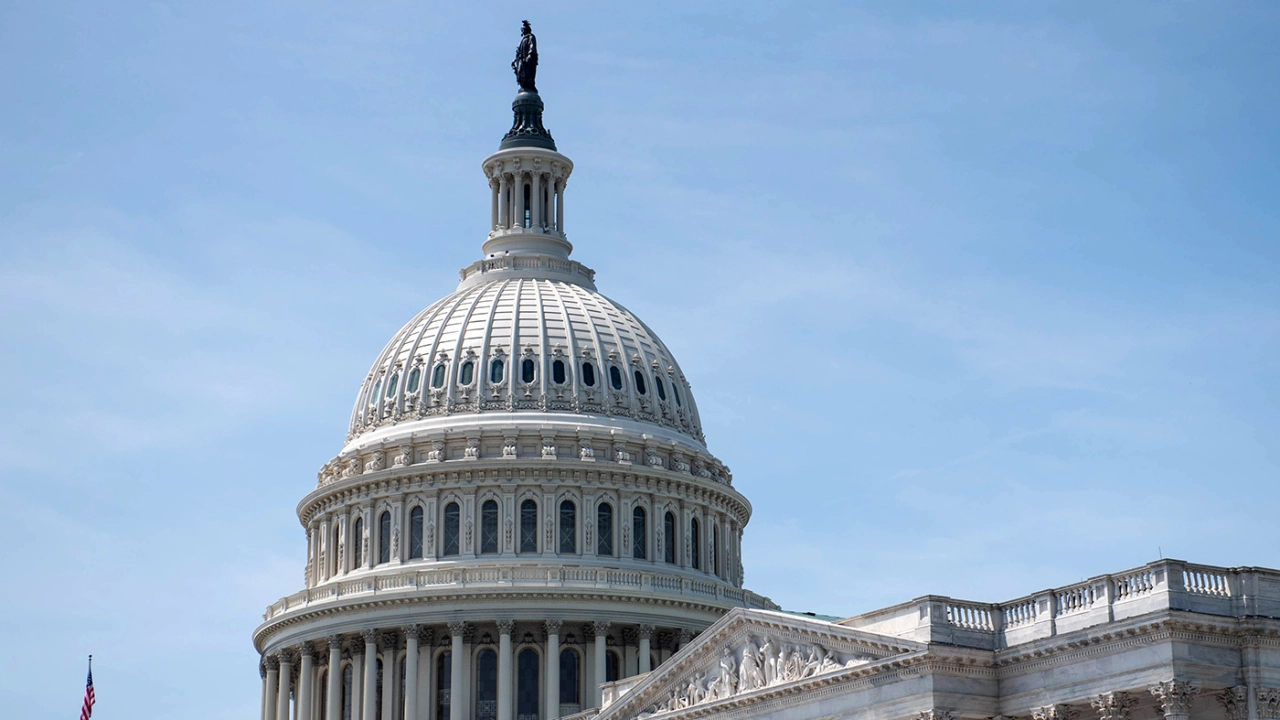My teenage son, Zach Martin, lost his life nearly six years ago following complications from exertional heat stroke (EHS) at high school football summer conditioning in our home state of Florida. Today, I’m calling on the administration and Congress to help ensure this threat to youth athletes is alleviated.
On a hot summer day in June 2017, Zach had just finished running sprints with his high school football team when he collapsed. Zach was taken to Golisano Children’s Hospital where they diagnosed him with a core temperature of 107 degrees, exertional heat stroke, devastating internal injuries, and coma. He was moved to Holtz Children’s Hospital in Miami six days later for more specialized care. Zach’s condition continued to worsen, and he was removed from life support 11 days after he collapsed.
The National Institutes of Health (NIH) has conducted considerable research on college sports injuries and deaths and has determined that 2 percent of sports-related deaths are from EHS. EHS is also one of the leading causes of sudden death in high school athletes. That’s far too many for a condition that can be recognized early and has 100 percent survival rates when treated promptly, on-site, with cold water immersion.
All National Collegiate Athletic Association (NCAA) sports register EHS incidents, but football was the most prevalent (75 percent) and practices were where the most incidents occurred. Not surprisingly, states with the hottest average temperatures saw the most incidents of exertional heat illnesses (EHI), but it is not limited by geographic location.
High school athletics do not get as much attention as the NCAA because they are not required to report instances of EHI, and they have smaller budgets and less oversight. However, a 2019 survey of high schools in Florida revealed 461 EHI and 18 EHS incidents during one school year. I’m pleased that I was able to change that in Florida in 2020, when the Legislature unanimously passed, and Gov. Ron DeSantis signed into law, the Zachary Martin Act.
The odds of all other states enacting this life-saving legislation are slim and would take years of hard work, so I am launching a personal campaign seeking national action by the president, federal agencies, and Congress to take all possible actions to prevent exertional heat stroke and exertional heat illnesses.
I am calling on student athletes, parents, coaches, and sports fans to join me:
- Sign our petition on Change.org – https://chng.it/Bh8DB62Y
- Call, write or visit your congressional representatives (I’ve been in touch with them all);
- Ask policymakers to appropriate more funding to address EHS and EHI in youth athletics to help provide athletic programs with grants to purchase cooling tubs, wet bulb globe thermometers, ice machines, tents, coolers, automated external defibrillators (AEDs), and other equipment to address students and athletes in distress; and
- Encourage the NIH, the Centers for Disease Prevention and Control, and other relevant agencies to develop a training program through an independent, non-profit, science-based organization addressing EHS and EHI symptoms, treatments, and best practices for prevention.
While exertional heat illnesses are not always life-threatening, exertional heat stroke does lead to death if not recognized and treated appropriately, according to the Korey Stringer Institute at the University of Connecticut. However, through proper education and awareness, EHS can be recognized, and treated successfully. Although not all EHI incidents are preventable, schools and institutions should have the education, preparedness, and equipment and supplies ready and available to properly assess and treat this serious condition.
Zach’s death, and other Exertional Heat Stroke injuries and deaths, are an unnecessary result of a lack of awareness of the signs and symptoms of EHS and too little knowledge on prevention and treatment. Cold water immersion of the torso in ice and water results in a 100 percent rate of survival when used promptly, on-site and before EMS transport1. The rule to remember is: Cool first, transport second.
According to Dr. Douglas Casa of the Korey Stringer Institute, and national leader in heat stroke prevention, “If you cool someone right away, on site, they don’t die — period.“ This led to us create the Zach Martin Memorial Foundation. No one should ever lose a loved one to Exertional Heat Stroke — period.




